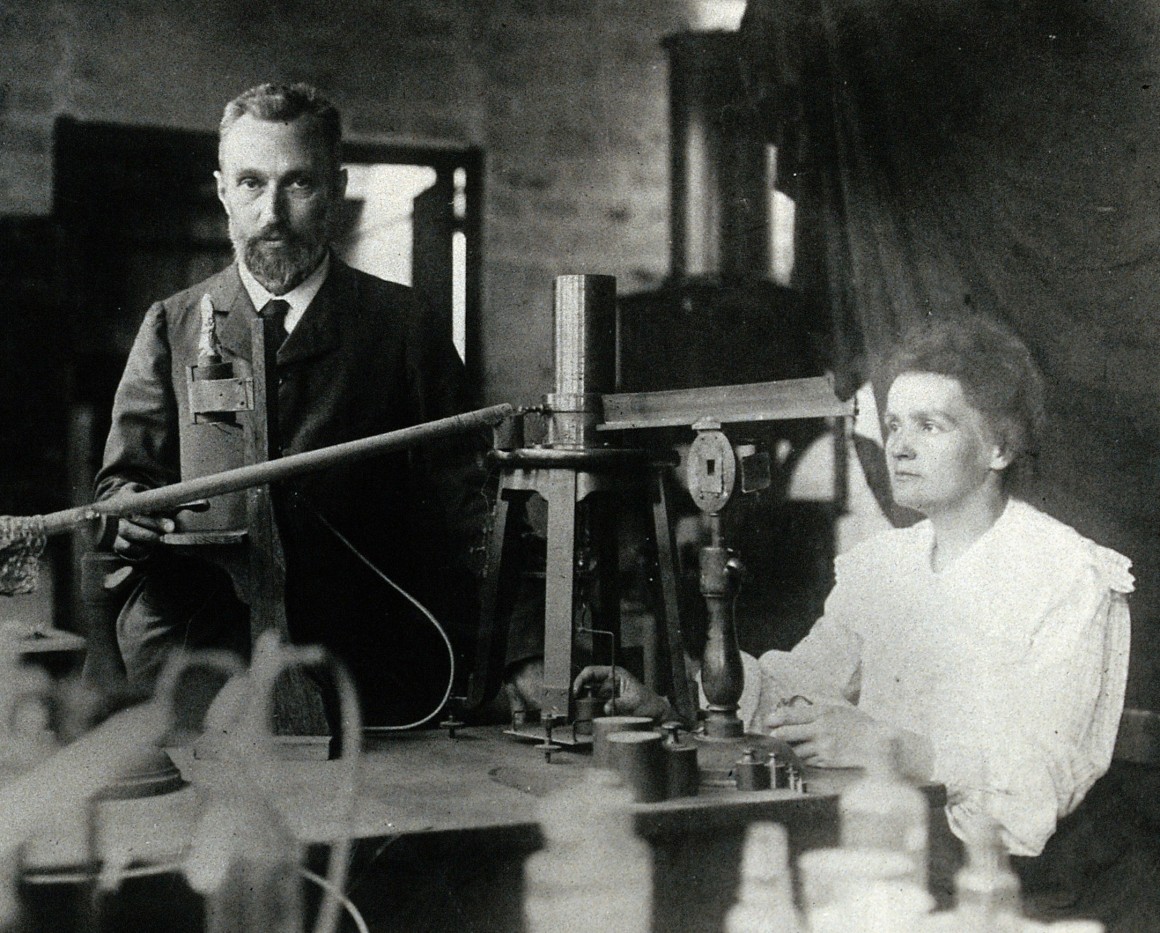
Girls need more STEM role models
Simran Kaler, March 1, 2016 —
The lack of women in science, technology, engineering and math subjects is an ongoing problem. Women are discouraged from pursuing STEM fields, facing problems like harassment, discrimination and wage gaps. And this problem is present before university — grade 10 computer science classrooms right across the province can only expect 10-20 per cent female students. But could the lack of women in STEM subjects be fixed even earlier on?
Statistics Canada has shown that most women pursue social science programs in post-secondary, in spite of many women’s aptitude in STEM subjects. Women with higher math scores in high school are less likely to pursue STEM degrees than men with lower scores. This might be because women are bombarded with the connotation that the arts are inherently female, while men rule sciences and technology. Divisionary social cues begin at young ages — boys play with Lego sets while girls play with Barbies.
This division extends into how STEM is taught in schools. Schools teach children about the heroes of STEM subjects, but these role models are predominantly men. How many famous male scientists can you name off the top of your head? Probably quite a few — Einstein, Newton, Copernicus, Darwin and Galileo are just some of the most famous. More often than not, only their surnames are enough to recall their personalities and work.
But how many famous women scientists can you name? Probably Marie Curie. Maybe Ada Lovelace or Florence Nightingale — if you’re a fan of science history. And even if you have heard of them, most people wouldn’t be able to recall much about their lives or their work — especially when compared to their male peers.
What about Laura Bassi? Or Elizabeth Blackwell? Héloïse d’Argenteuil? Do any of these sound familiar? For most people, and most young women, the answer would be no. But why not? Bassi was a brilliant physicist and the first female scientist to earn a professorship at a European university. Blackwell was the first female M.D., and supported abolitionists as a field doctor during the civil war. And d’Argenteuil is better recognized for her unfortunate love life than her proficiency in mathematics and science.
If the only STEM role models young girls hear about are men, this will discourage them from pursuing STEM subjects. By making it seem like only men can succeed in science, a lack of role models creates barriers during early development that prevent girls from believing they have a future in these fields.
To combat this, we need to start looking critically at how we teach children about STEM fields — and what we teach them about their potential. We don’t want to deprive the world of brilliant scientists because girls are told that science is for boys.
